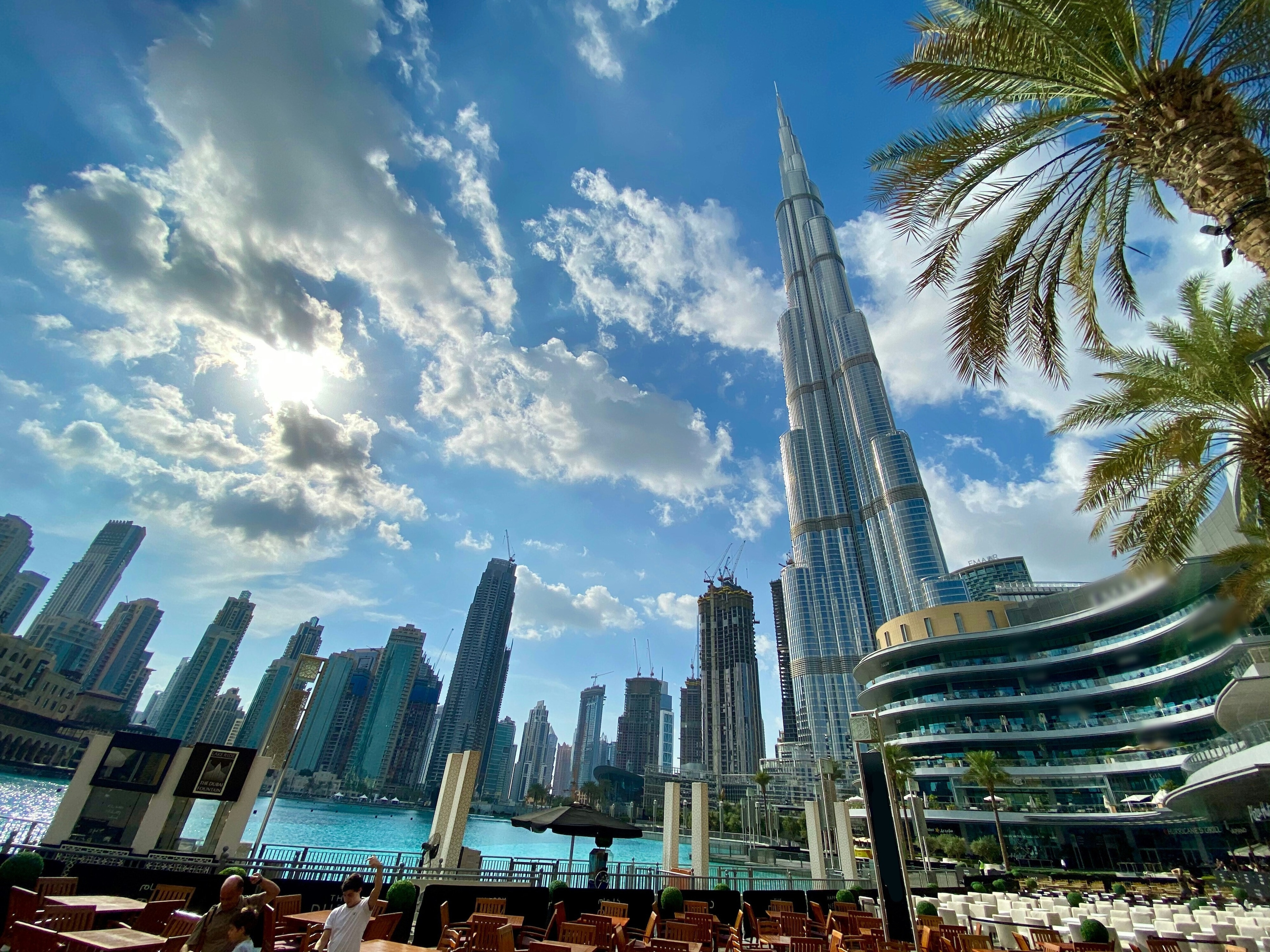How long duration energy storage can enable India's net-zero transition

Long duration storage can enable 24/7 renewable power. Image: Unsplash.
- India needs to increase its renewable energy storage capacity in order to meet its climate targets by 2030.
- Long duration energy storage using renewable power offers a low-cost route to decarbonization.
- India has potential to become a global powerhouse for decarbonization through transformation of its energy architecture.
A key outcome of the recently concluded COP26 is a commitment from the world’s major emitters to limit the rise in global temperatures by curbing greenhouse gas emissions. Committed decarbonization paths are bold, imaginative and include reversing emissions growth over the next decade to reach net-zero between 2035-70.
The mechanisms needed to achieve decarbonization include phasing out the use of coal and adopting renewables. COP26 outcomes and government commitments in the wake of Race to Zero announcements, by businesses and investors across the globe, have strengthened climate action.
It is widely recognized that the power generation sector has a significant role to play in decarbonization over the next two decades – the sector is currently responsible for one-third of total global emissions. However, as the electrification of other forms of energy increase, decarbonization of power generation will be crucial.
For example, as oil and gas (and its derivatives) are displaced in mobility through either electrification or green hydrogen/methanol produced through electrolysers, renewable electricity will become the dominant source of energy. As the use of green hydrogen extends beyond energy to green molecules such as green methanol, and green ammonia to replace chemical intermediaries derived from fossil fuels, e.g. for reduction of iron ore/ refining of crude oil etc., the dominance of renewable energy will continue.
Long duration energy storage can accommodate higher share of renewables
The good news is that renewable energy technologies have made significant strides in efficiency and cost-effectiveness during the last decade. The global power industry is reducing emissions by switching from fossil-fired generation to wind and solar power. Crucially, developing countries like India are leapfrogging traditional sources of energy to renewables.
However, the increasing share of renewables in the power mix brings with it new challenges, including balancing electricity supply and demand, changes in transmission flow patterns, and a decrease in system stability. Long duration energy storage (LDES) can help address these issues by increasing the flexibility of the power systems and national grids. Decarbonizing the power generation sector through renewable energy that is flexible, schedulable and dispatchable is an essential pivot on the path to limit global warming to 1.5 degrees.
It is estimated that the globe will require 4-8 TWh of LDES by 2030, and by 2040 the requirement could be 85-140 TWh. Deploying such storage capacities may require $3 trillion in investment which will effect attributable emission reductions of 2.3 G tons of CO2e.
India’s solar and wind generation capacity and its cost-effectiveness are among the highest in the world. Its renewable power generation share is increasing in the context of existing inflexible electricity architecture – about 375 GW installed capacity and 180 GW peak demand due to the dominant share of coal and in-firm renewables. Inflexible electricity architecture, amongst other factors, increases the cost of electricity and reduces India’s competitiveness as a manufacturing destination.
To improve the electricity system flexibility (ability to absorb and manage fluctuations in demand and supply by storing energy) and to lower the cost to users, it is imperative that the country installs standalone, LDES capacity to enable round-the-clock renewable power.
Energy storage can be achieved in vastly different ways, including mechanical, thermal, electrochemical, or chemical storage. But pumped hydro storage (PHS) is a proven mature technology which is cost-effective and suitable for many developing countries if they have a reasonably integrated grid. In India, significant investments that strengthen and integrate the grid have been made in the last decade and some additional interventions are necessary to overcome the geographical limitations of PHS solutions.
What's the business case for long duration energy storage?
A recent explorative assessment of a business case in India, supplying both peak and off-peak power (as per the terms specified in the contract) through renewable energy using PHS, concludes that the internal rate of return (IRR) could be attractive, i.e. 10-12 % even when some system stability services cannot be monetised. The assessed IRRs are sensitive to capital costs (in India these tend to be lower than the assumed numbers ) and the commercial operation date.
Further, to attain the target of 500 GW of renewables by 2030 and to deliver lower power costs, it is crucial that India establishes storage capacities of 30-50 GW, well before 2030. The new flexible electricity architecture – low-cost storage in sync with renewable energy – by our estimates, would drive the cost of power down by 20% in the next few years. Availability of low-cost decarbonized power will:
- Position India as the destination for responsible global supply chains. Global supply chains with net-zero goals will prefer India due to low-cost and low-carbon electricity amongst other factors.
- Catalyse the manufacture of cost-effective green molecules in India (hydrogen, ammonia etc.) for a variety of uses in industry and transportation in India and beyond. The cost-effective green molecules could not only substitute imports to support energy independence but could power the decarbonization of many global businesses which have declared net-zero ambitions.
India has potential to become a global powerhouse for deep decarbonization through transformation of its energy architecture from standalone renewable power to round-the-clock renewable power – supported by long duration and low-cost storage and cost-effective green molecules using round-the-clock renewable power. This could be a path to resurgent and regenerative growth for India.
Don't miss any update on this topic
Create a free account and access your personalized content collection with our latest publications and analyses.
License and Republishing
World Economic Forum articles may be republished in accordance with the Creative Commons Attribution-NonCommercial-NoDerivatives 4.0 International Public License, and in accordance with our Terms of Use.
The views expressed in this article are those of the author alone and not the World Economic Forum.
Stay up to date:
Decarbonizing Energy
Related topics:
Forum Stories newsletter
Bringing you weekly curated insights and analysis on the global issues that matter.
More on Geographies in DepthSee all
Naoko Tochibayashi
October 30, 2025







